I have always been intrigued by the significant effect that joint attention has on children’s development. It’s amazing how just by mutually focusing with someone else on a shared object or event can significantly improve a child’s social interaction skills, help them stay focused, improve their problem-solving abilities, and assist in language acquisition.
The benefits it brings, from positive relationships to higher self-esteem, are truly remarkable.
In this article, we’ll explore the definition of joint attention, its importance in child development, strategies for enhancing these skills, factors affecting development, common challenges, and the long-term benefits it offers.
Key Takeaways
- Joint attention is crucial for enhancing social skills, attention span, problem-solving abilities, and language acquisition in children.
- Strong social communication skills developed through joint attention lead to positive relationships, better academic performance, and higher self-esteem.
- Play therapy, involving parents, visual aids, and gestures are effective strategies for enhancing joint attention skills.
- Caregiver influence and cognitive development are factors that affect a child’s ability to engage in joint attention.
The Definition of Joint Attention
Joint attention is the ability to share attention with another person towards a common object or event, and it plays a crucial role in child development.
In early intervention, joint attention skills are targeted to enhance social communication and language development. Research suggests that joint attention is closely linked to language acquisition.
When children engage in joint attention, they learn to coordinate their attention with others and develop a shared understanding of the world. This shared understanding serves as a foundation for language development, as it allows children to associate words with objects and events that they are jointly attending to.
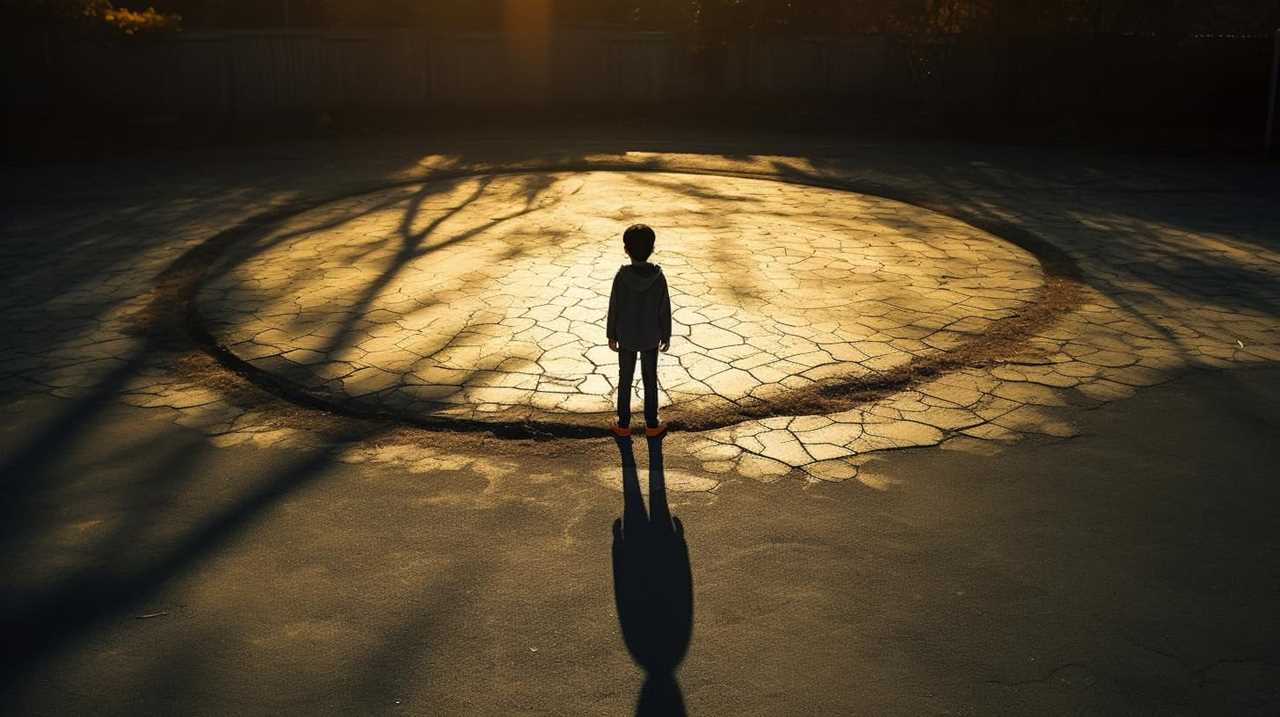
Therefore, promoting joint attention in early intervention programs can have significant benefits for language development in children.
The Importance of Joint Attention in Child Development
Engaging in shared focus with others enhances social skills and contributes to overall growth and learning in children.
The role of caregivers in promoting joint attention skills:
- Caregivers play a crucial role in fostering joint attention skills. They actively participate and model joint attention behaviors.
- Involving parents reinforces and generalizes joint attention skills.
The impact of joint attention on language acquisition:
- Joint attention is important for language development. It helps children understand and use language in social interactions.
- By sharing attention with others, children learn to communicate effectively.
Caregivers who promote joint attention skills provide a supportive environment for children’s language development. They engage in activities that encourage shared focus, use visual aids and gestures, and follow the child’s lead.
Joint attention not only enhances language acquisition but also improves social communication skills, attention span, and problem-solving abilities. By fostering joint attention, caregivers lay a strong foundation for children’s overall growth and learning.
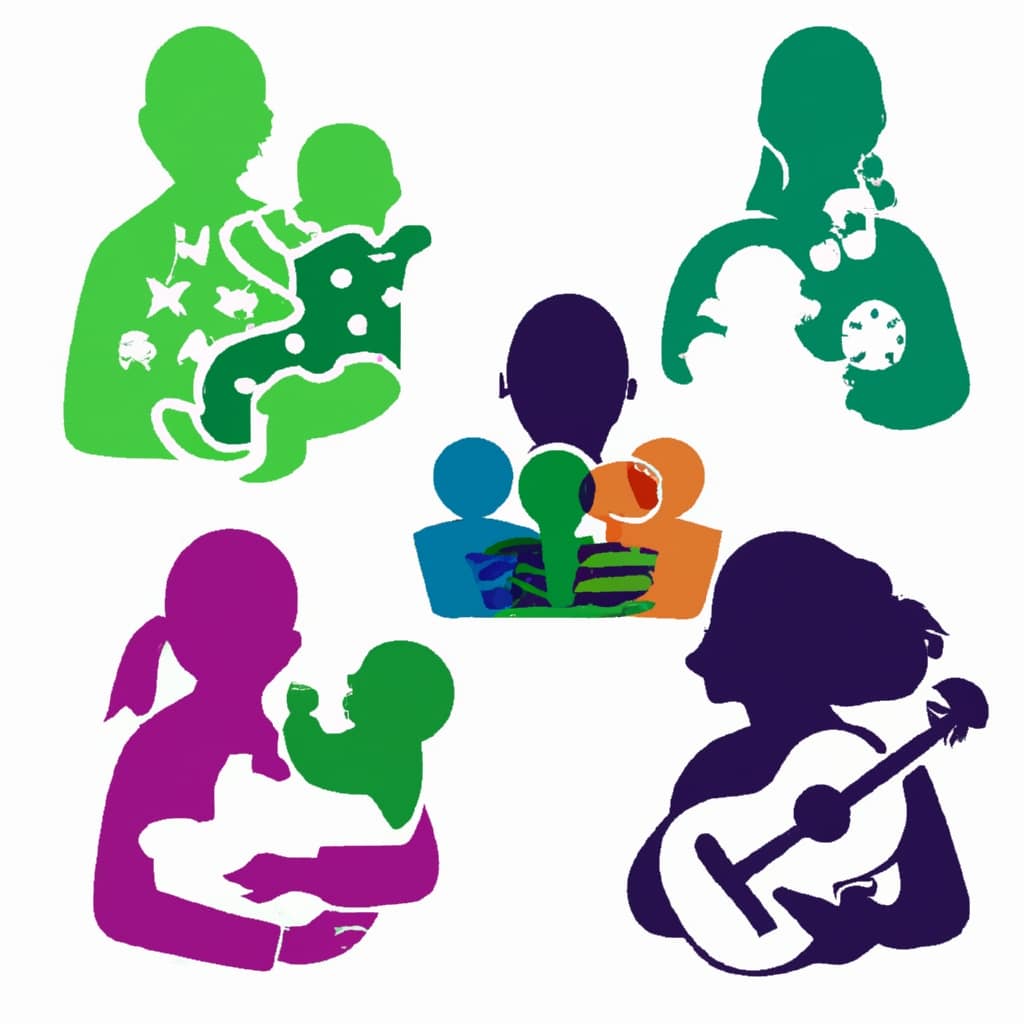
Strategies for Enhancing Joint Attention Skills
I actively participate and model behaviors that enhance shared focus during play therapy sessions to strengthen joint attention skills.
Play therapy is a valuable approach for enhancing joint attention skills in children. Involving parents in play therapy sessions is crucial to reinforce and generalize these skills.
Visual aids play a significant role in supporting verbal communication and promoting joint attention. By following the child’s lead and engaging in activities they show interest in, we can effectively promote joint attention.
Providing a structured and predictable environment helps children focus their attention. Joint attention techniques, such as pointing and shared gaze, are effective in directing the child’s attention.
It is important to offer praise and reinforcement when the child successfully engages in joint attention. These strategies, along with the benefits of visual aids, contribute to the development of strong joint attention skills in children.
Factors Affecting Joint Attention Development
Caregiver influence plays a crucial role in fostering the development of shared focus skills in children. When it comes to joint attention, there are two factors that significantly impact its development: the role of technology and cultural influences.

-
Role of technology:
-
Increased screen time may hinder the development of joint attention skills.
-
Excessive use of technology can reduce face-to-face interactions, limiting opportunities for joint attention.
-
However, technology can also be used as a tool to enhance joint attention skills, such as through interactive apps or video calls.
-
Cultural influences:
-
Cultural practices and beliefs shape the way joint attention is valued and practiced.
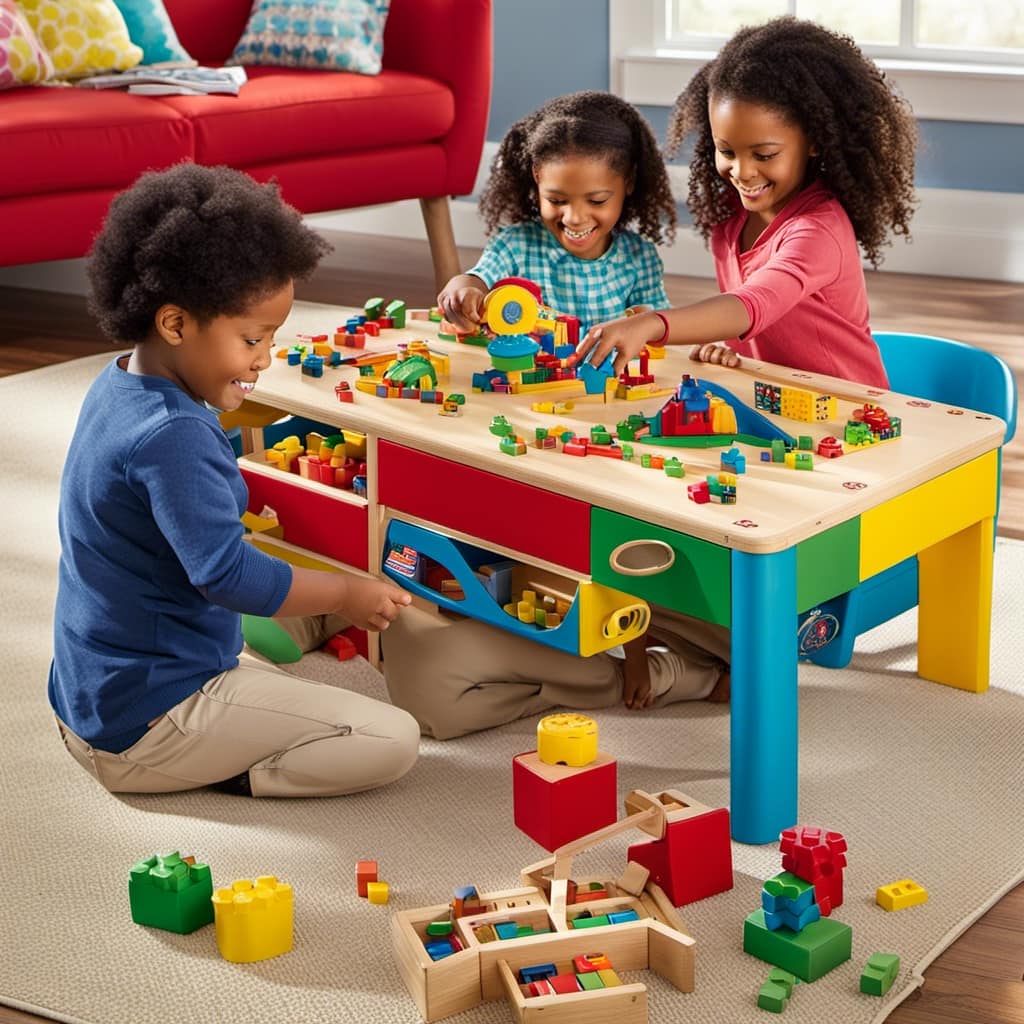
-
Different cultures may prioritize different aspects of joint attention, such as eye contact or verbal communication.
-
Cultural diversity should be considered when supporting joint attention development, respecting and acknowledging different cultural perspectives.
Understanding these factors can help caregivers create an environment that supports the development of shared focus skills in children.
Common Challenges in Joint Attention Development
Overcoming challenges in fostering shared focus skills requires creative strategies and consistent support from caregivers. When it comes to joint attention development, there are common challenges that children may face.
Caregiver involvement is crucial in overcoming these challenges and promoting successful joint attention skills. One strategy is to use gestures, pointing, and labeling objects during interactions to help redirect the child’s attention. Additionally, creating a supportive environment by minimizing distractions and providing clear instructions can also be beneficial.
Caregivers can play an active role in facilitating joint attention by following the child’s lead and engaging in activities that interest them. By implementing these strategies and actively participating in the child’s joint attention development, caregivers can help overcome challenges and foster strong shared focus skills.
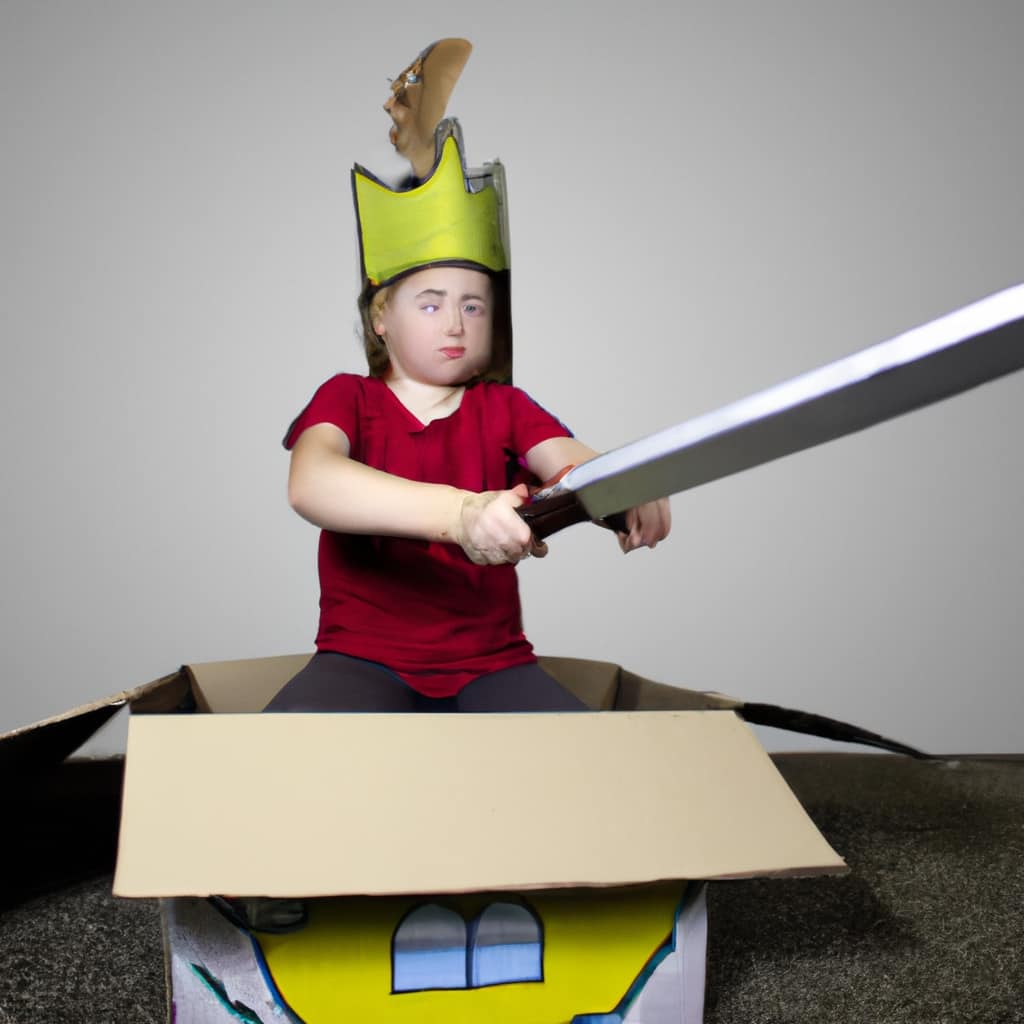
Teaching and Learning Joint Attention Skills
Learning how to effectively teach and promote joint attention skills is essential for enhancing communication and social interaction.
-
Play based interventions:
-
Play therapy is an effective approach to enhance joint attention skills.
-
Parents actively participate and model joint attention behaviors during play therapy sessions.
-
Involving parents in play therapy reinforces and generalizes joint attention skills.
-
Parental involvement:
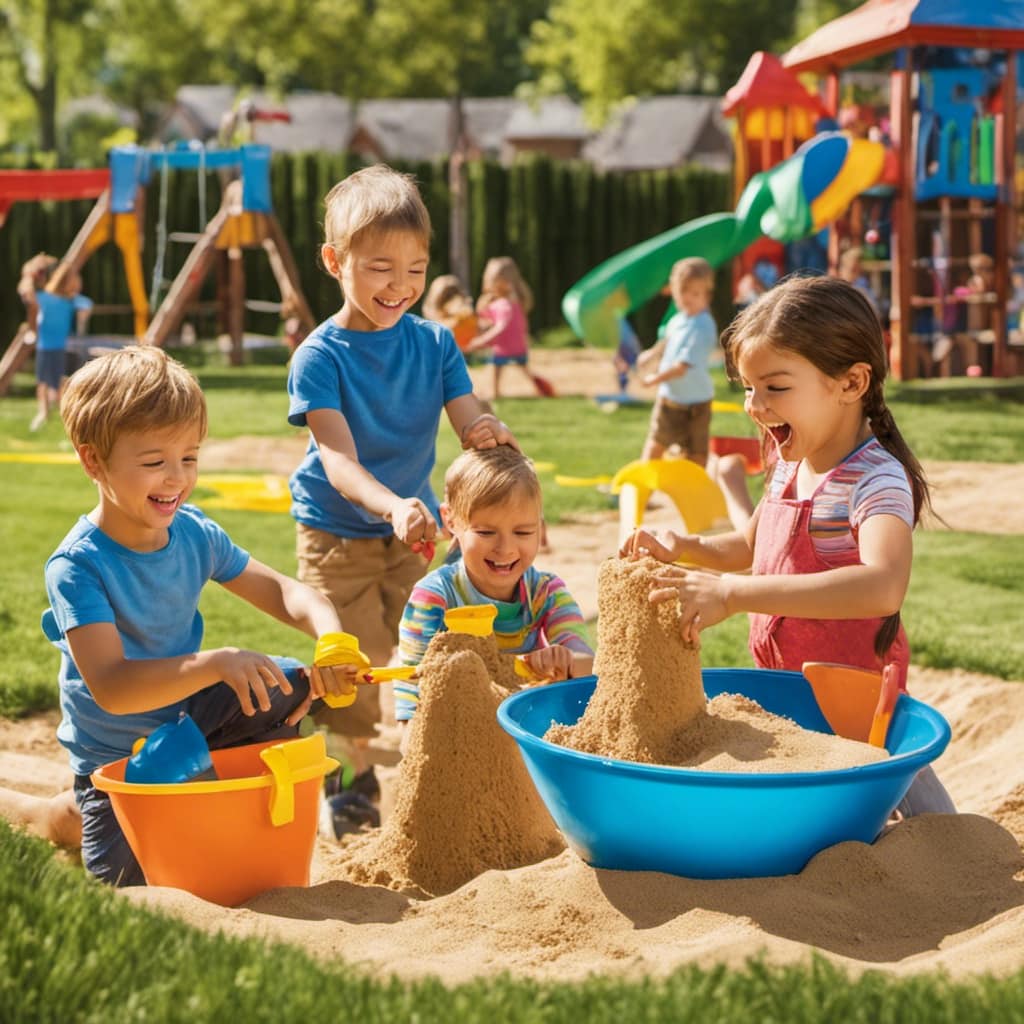
-
Parents have a crucial role in fostering joint attention skills.
-
Caregiver influence and support are necessary for overcoming common challenges.
-
Parents can use gestures, pointing, and labeling objects during interactions to promote joint attention.
By incorporating play based interventions and encouraging parental involvement, we can effectively teach and promote joint attention skills.
Play therapy provides a structured and predictable environment where parents actively participate, reinforcing and generalizing joint attention skills.
Parental involvement is crucial in overcoming common challenges and creating a supportive environment. By using gestures, pointing, and labeling objects, parents can enhance their child’s ability to share attention and engage in joint attention.
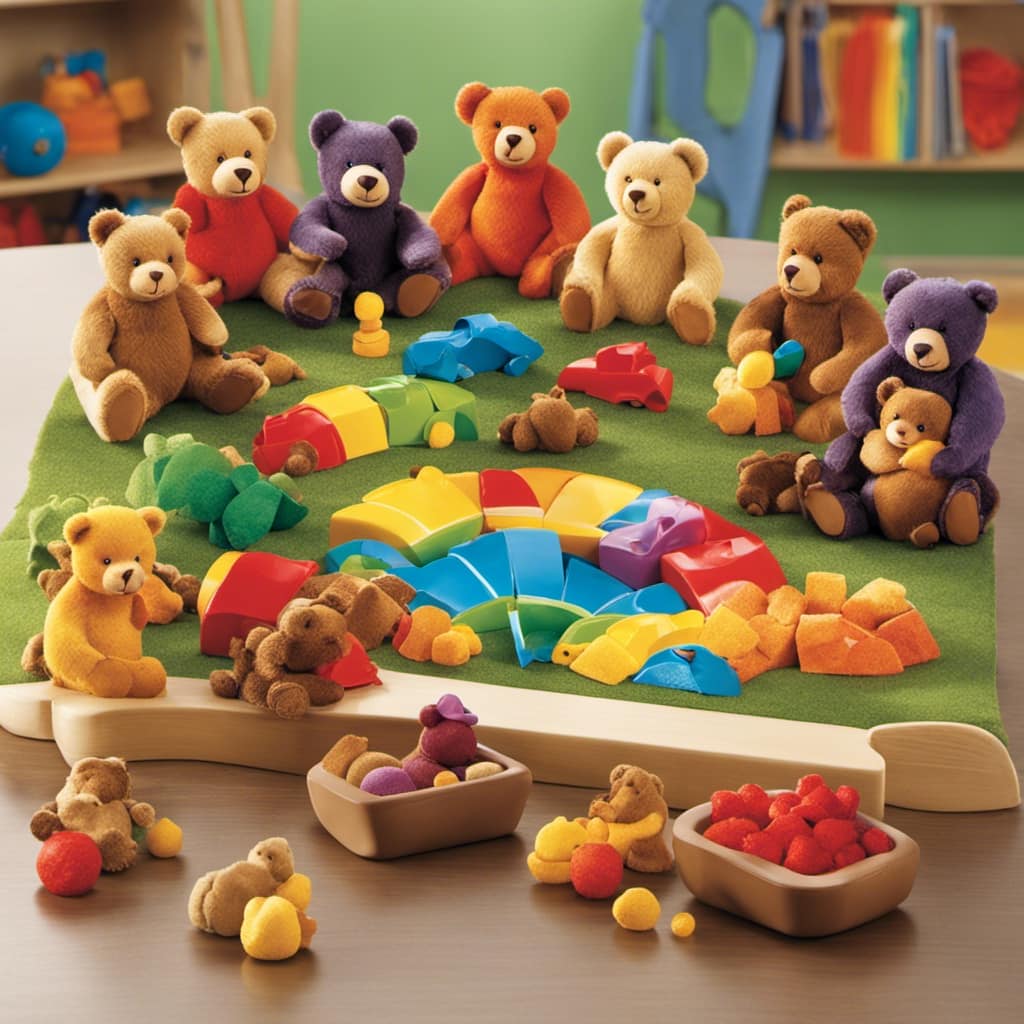
These strategies lay a solid foundation for improved communication, social interaction, and overall development.
The Long-term Benefits of Joint Attention in Child Development
By fostering strong joint attention skills, I have witnessed the long-term positive impact on my child’s communication, social skills, and overall growth.
Joint attention not only enhances cognitive development but also plays a crucial role in developing social skills. Through joint attention, children learn to share attention with others, which improves their ability to engage in meaningful interactions and build relationships. This skill also helps them understand and interpret social cues, such as facial expressions and gestures, leading to better social communication.
Additionally, joint attention facilitates language acquisition, as children learn to follow gaze and understand verbal and non-verbal cues. It also enhances problem-solving abilities and attention span.
Frequently Asked Questions
How Does Joint Attention Impact a Child’s Problem-Solving Abilities?
Joint attention positively impacts a child’s problem-solving abilities. By sharing attention with others, they learn to collaborate, exchange ideas, and explore different perspectives. This enhances their critical thinking skills and helps them find creative solutions to challenges.
What Are Some Specific Play Therapy Techniques Used to Enhance Joint Attention Skills?
In play therapy, parents actively engage and model joint attention behaviors. Techniques like using visual aids and following the child’s lead enhance joint attention skills. Parent involvement is crucial in fostering these skills.

How Does a Child’s Cognitive Development Influence Their Ability to Engage in Joint Attention?
A child’s cognitive development directly impacts their ability to engage in joint attention. Advanced cognitive skills improve their understanding of gestures and ability to follow gaze, enhancing their social communication and interaction skills.
What Are Some Common Challenges That Caregivers May Face When Trying to Promote Joint Attention?
As a caregiver, I face challenges in promoting joint attention. Some strategies include using gestures, pointing, and labeling objects, creating a supportive environment, and providing clear instructions to help overcome these challenges.
Can Joint Attention Skills Be Taught and Learned in Children Who Have Difficulty With Social Communication?
Yes, joint attention skills can be taught and learned in children with difficulty in social communication. Teaching joint attention and using interventions for social communication can improve their skills and enhance their overall development.
Conclusion
In conclusion, joint attention is a remarkable skill that has a significant impact on a child’s development. It plays a crucial role in social communication, attention span, problem-solving abilities, and language acquisition. Positive relationships, academic performance, and self-esteem are all influenced by the ability to engage in joint attention. Play therapy, visual aids, and following the child’s lead are effective strategies to enhance joint attention. Ignoring joint attention can lead to difficulties in communication and missing out on the benefits it can bring. It is important to recognize the importance of joint attention and its potential impact on a child’s development.
